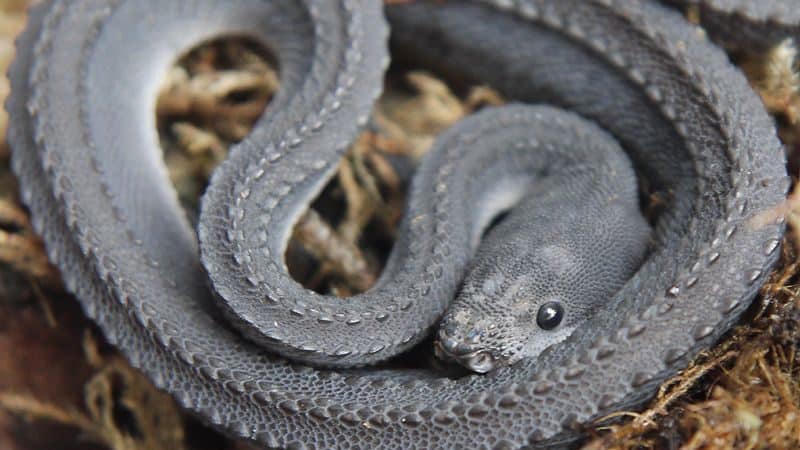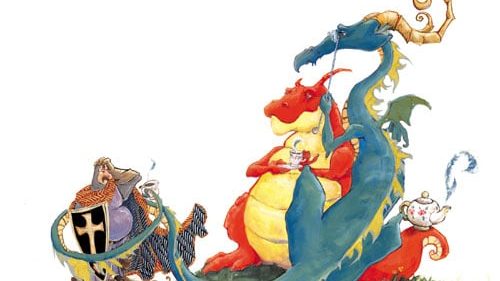Did you know that the Dragon’s Blood Tree was just one of 60,065 tree species in the world?
While it may seem that all trees are the same, they’re actually quite different. Each tree species has distinct features that make it identifiable. Things like leaf shape, bark color, and bark texture define the properties of each tree species.
Interestingly, there’s a very unique tree out there in Yemen that’s called Dragon’s Blood Tree. Let’s dive deeper to know more about this strange tree and how it got its name!
Facts About Dragon’s Blood Tree
Dragon’s Blood Tree, or Dracaena Cinnabari, is a tree that’s native to the island of Socotra, in Yemen. It’s an evergreen tree that can live for hundreds of years, reaching heights of 10 to 12 meters. Leaves appear on the ends of the youngest branches and last for three to four years.
After that, they fall off and are replaced by new leaves. The tree grows at a quite slow rate, about one meter every ten years. The tree in Yemen is surrounded by what remains of the prehistoric Dragon’s Blood Forest on granite mountains and limestone plateaus.
This area is home to some rare plant species. This is due to the fact that the Socotra island has been separated from mainland Arabia for 34 million years (pre-dating dragons in The Bible). Around 37% of the plant species on that island aren’t found anywhere else in the world.<
The tree has an umbrella-like shape, with leaves that measure up to 60 cm long and 3 cm wide. The dragon blood tree flowers in February. The flowers have a tendency to grow at the end of the branches. If you wound the bark of the tree, it produces the famous red resin that gives it its name. The ancients used to call it “cinnabar“. It was widely abundant in trade before 60AD.
The ancient tree has always been of great economic significance. Local people depend on it as a source of food for livestock. Small quantities of berries can improve the health of cows and goats. The red resin it gives has many traditional uses in medicine. It’s known in Socotra as “emzoloh”.
The local people of Socotra use the dragon’s blood resin as a cure for almost everything. Greeks, Romans, and Arabs use it in wound healing, as a cure for diarrhea, as a coagulant, and for treating fevers. It’s also used in treating ulcers in the mouth, throat, intestines, and stomach.
An 18th-century toothpaste recipe was found to contain the red resin in the ingredients list too. Moreover, it was used to varnish violins by 18th-century Italian violin-makers, and it’s still used up to this day.
Myths About Dragon’s Blood Tree
Throughout history, there have been many myths surrounding this tree species. Due to the belief that the red resin it gives is the blood of the dragon, it’s been used in magic and alchemy. In neopagan witchcraft, it’s used to increase the effectiveness of spells that provide protection, and spells that are used for love and banishing. It’s used in new age shamanism in quite a similar way. It’s also added to red ink to make “Dragon’s Blood Ink”, which is used to fabricate carve seals and talismans.
One legend states that the tree is related to the 100-headed dragon “Ladon”. When Juno – the Queen of the Gods and Mother of Mars – got married, her mother Gaia gifted her three golden apples and gave orders to Ladon to guard them in the Garden of the Hesperides. Hercules was ordered to steal the golden apples and in doing so, he killed Ladon. The spilled blood of Ladon created the tree.
Another legend states that the tree was created from the blood of a dragon after it fought an elephant. Of all of the dragon statues we’ve seen, we think this is the one we’d want.
The Future of Dragon’s Blood Tree
Unfortunately, the future of the species is in danger. A limited number of populations are regenerating naturally, and in some areas, small trees don’t have the species’ characteristic umbrella shape.
The major problem is climate change: The island of Socotra is drying out. The monsoon weather used to be in favor of the species but it’s getting patchy and irregular. The tree is expected to lose around 45% of its potential habitat by 2080, and while there are ongoing conservation efforts that could possibly protect two potential refuge areas, these efforts aren’t enough to save the species.
Final Thoughts
Dragon’s Blood Tree is one of nature’s most exotic and beautiful creations. Its unique shape, historic significance, red resin, and the myths surrounding it has made it one of the most interesting trees in the world. Serious steps have to be taken to mitigate the effects of climate change soon because the future of Socotra’s unique Dragon’s Blood Tree – in addition to many other species around the world – doesn’t seem to be promising.
So what do you think about the Dragon’s Blood Tree? How can we save it? Head on over to Facebook and let us know!



